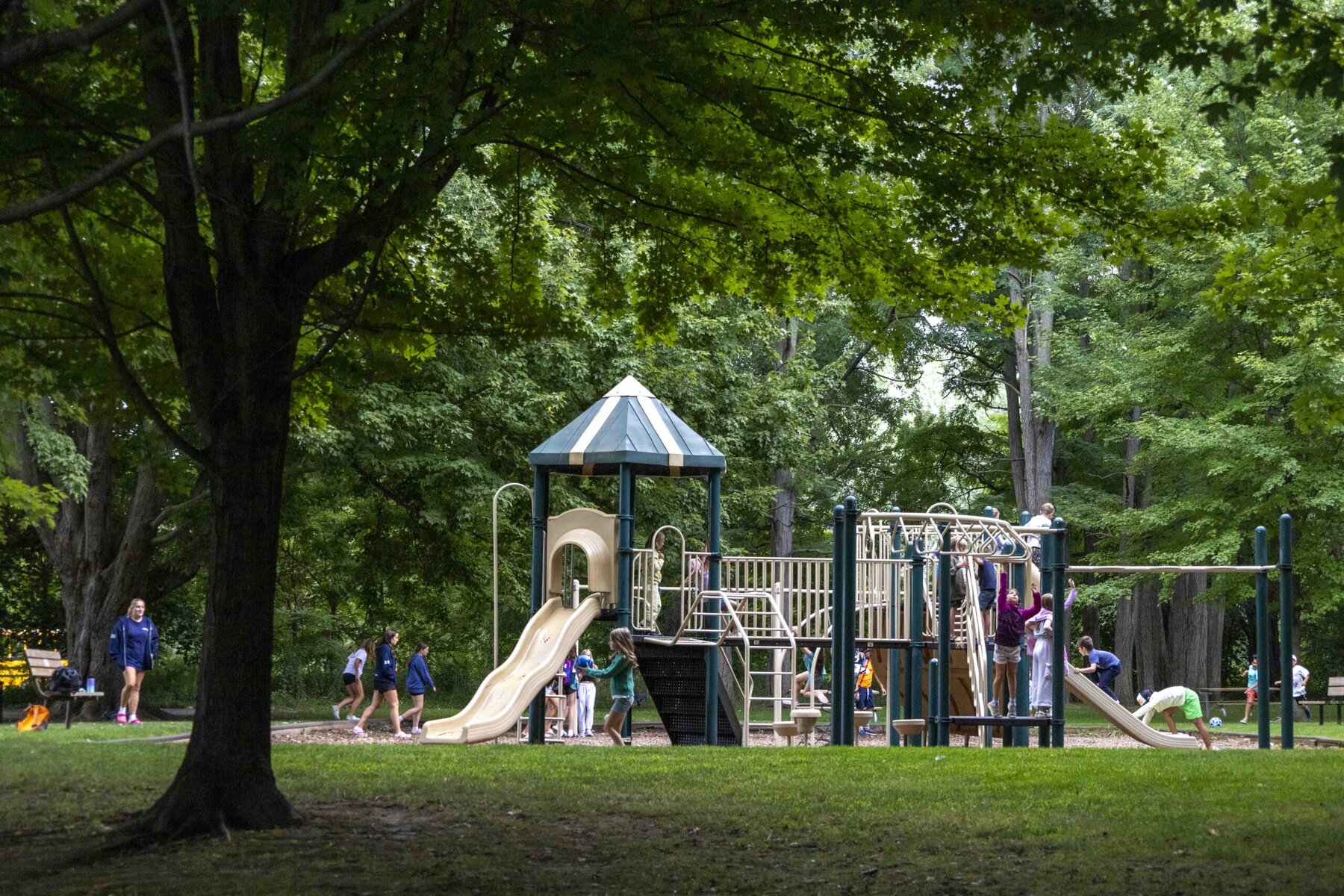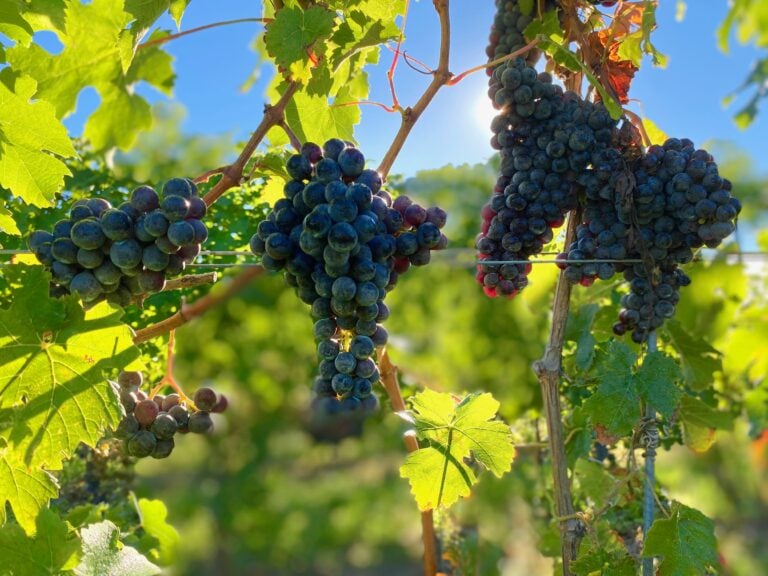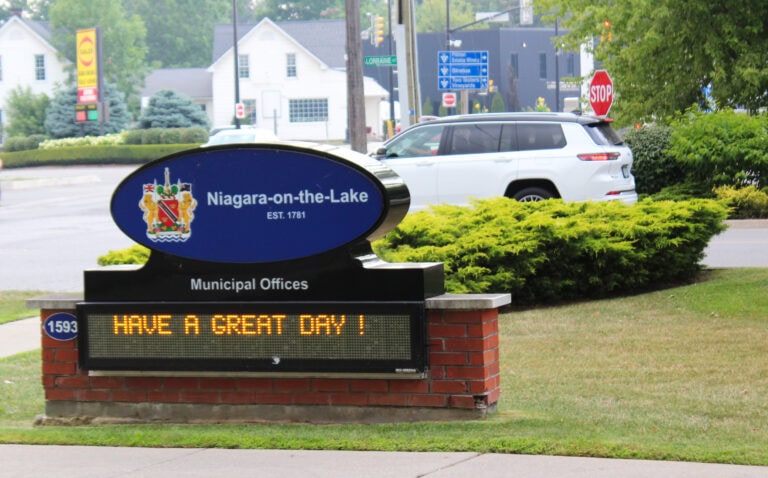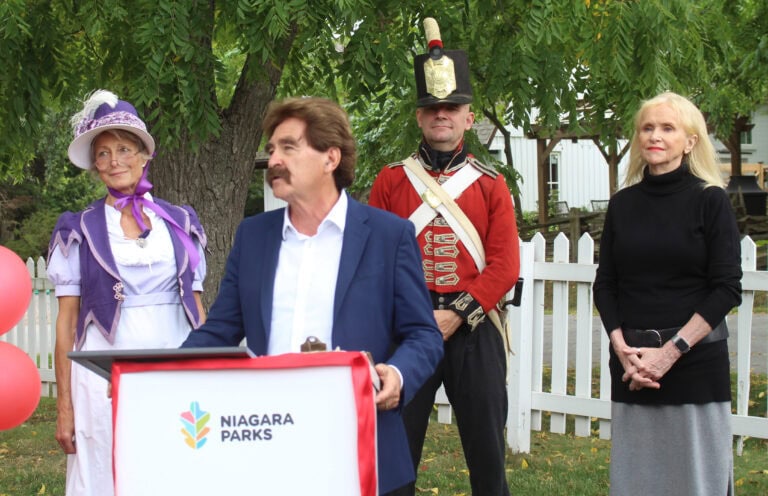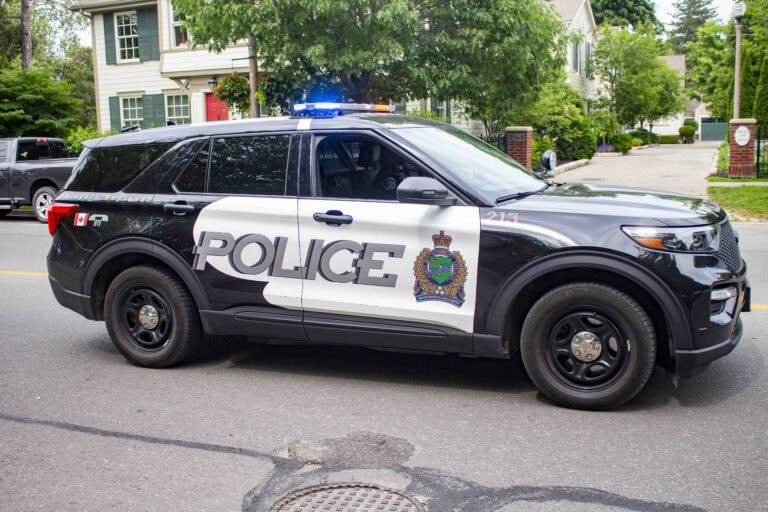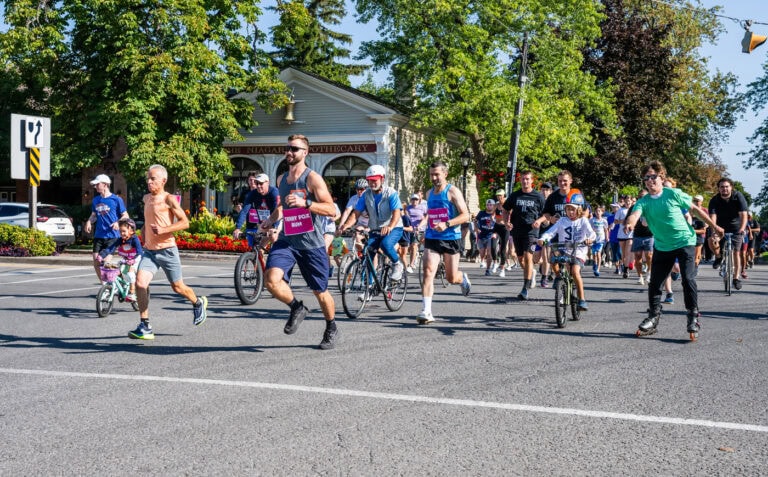Niagara-on-the-Lake residents are voicing concerns about the town’s latest draft of its parks and recreation master plan, questioning both its affordability and its focus on tourism over community needs.
Town staff released the 208-page plan on Aug. 25 and held an open house the following evening at the Virgil Sports Centre. Consultants from Toronto presented the document and invited public feedback.
The Niagara-on-the-Lake Residents Association has begun reviewing the plan and has raised several issues, particularly around funding and long-term priorities.
Funding concerns and Bill 23 impacts
One of the association’s key criticisms is that the plan fails to explain how the proposed initiatives will be paid for. In November 2022, the provincial government passed the More Homes Built Faster Act, also known as Bill 23, which reduced the amount of land or cash-in-lieu developers must provide to municipalities for parkland.
The consultants recommend achieving a ratio of three hectares of parkland per 1,000 residents by 2035. However, the resident association group argues that this goal is unrealistic under the new rules.
“Obviously, we will be challenged to ever hope to achieve that ratio when we’re not even there today,” the association said in its position statement. “We’re clearly going to be forced backwards if future councils simply kick the can down the road.”
The plan sets out a 10-year schedule to spend about $3.6 million on parks and recreational services, but it does not specify how the town will fund the acquisition of 17.3 hectares of new parkland during that period.
Residents vs. tourists
The association is also questioning whether the plan prioritizes residents’ needs or caters to tourists.
The draft categorizes the town’s 28 existing parks into five “typologies”: destination parks, community parks, neighbourhood parks, parkettes and waterfront parks.
While Virgil Sports Park and the Community Centre Park are designated “destination parks,” the Niagara-on-the-Lake Residents Association argues that the focus on high-end amenities risks overlooking areas with growing populations, such as Glendale and St. Davids.
“Why are we intensifying the Old Town with state-of-the-art playgrounds when more than half of the population is over 60?” the association asked. “Meanwhile, parents in St. Davids and Glendale are left driving their kids to Old Town facilities.”
The plan also proposes phasing out parkettes in favour of larger neighbourhood parks of at least 0.2 hectares, a change the NOTLRA says is not practical given geographic constraints.
Waterfront access and liabilities
The report’s recommendations for waterfront parks are another point of contention. While the plan emphasizes accessibility and ease of launching watercraft, the resident association says most residents already own equipment and know how to access the water.
The association also warns that the plan could shift liability onto taxpayers by requiring the town to build and maintain docks, manage launching facilities and store private equipment on public land — a role previously handled by commercial operators.
The town has not yet responded publicly to the concerns. Residents can review the association’s full position and ongoing analysis at notlra.com.



